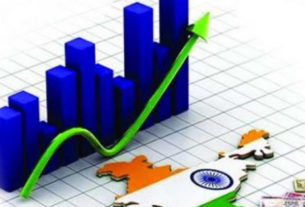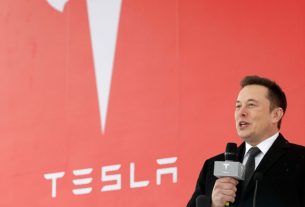Amazon announced on 13th April (Wednesday) that the company will charge sellers a 5% fuel and inflation tax for the first time in the company’s history. According to the New York Times, fees paid by third-party sellers accounted for 22% of Amazon’s income last year, or $103 billion. According to sources, Amazon upped the seller fee by an average of 5.2 percent starting in January to offset the additional costs.
The new tax will take effect on April 28th, according to the e-commerce behemoth, and will be implemented as a result of recent considerable increases in inflation.
“The company expected a return to normalcy in 2022 when Covid-19 limitations worldwide eased,” Amazon wrote in a letter leaked to CNN. “However, fuel and inflation have caused further obstacles.” “Rather than a permanent fee shift, it is uncertain whether these inflationary expenses will go up or down or how long they will endure.”
According to the spokesman of Amazon, Patrick Graham, the fee hike only applies to fee rates paid by merchants who opt to use Amazon’s fulfillment services, such as storing, packing, and delivering products. Other vendors who do not use Amazon Fulfilment will be unaffected. Bloomberg News was the first to break the news of the surcharge. Also, before applying the latest tax, it attempted to offset “substantial cost increases” resulting from the employment of 750,000 personnel and hiking salaries for Amazon warehouse employees from $15 to $18 an hour, among other things, according to a Bloomberg news reporter.
According to the Financial Times, logistics firm MWPVL estimates that Amazon dispatched about 3.3 billion goods to US customers from sellers who utilize its fulfillment services each year.
The price increase is the most recent instance of how companies respond to increasing energy and other costs. Uber and Lyft have recently added temporary fuel fees to rides, and airlines have raised ticket prices.
As businesses seek to pass on increased costs to their customers, Amazon’s fee treks on sellers could result in greater costs for consumers.
According to the Bureau of Labor Statistics, suppliers boosted prices by 11.2% in March, the largest since records began in 2010. In March, the Labor Department reported last Tuesday that inflation increased by 8.5 % in the 12 months ending in March, the fastest rate in four decades. Following Russia’s invasion of Ukraine, which began in late February, energy costs have risen dramatically. According to the American Automobile Association, the national average gas price was $4.083 a gallon on the 13th of April (Wednesday). Several companies have imposed additional fuel surcharges, including ride-hailing applications Uber and Lyft and supermarket/ grocery delivery service Instacart.
In its memo, Amazon stated that it had endeavored to limit the impact of inflation.
“Like many others, the company considerable cost increases and has absorbed them to minimize the impact on own selling partners,” Amazon stated. “The company concentrated on resolving permanent costs and ensuring pricing was competitive with those other service providers offered when the company did increase fees.”

Paul is an American-based writer covering Latest business trends. Paul cover Business and media for many news sites. He has been breaking news and writing features on these topics for major publications since 2012. Paul prefers writing about business news keeping science and technology into perspective.



